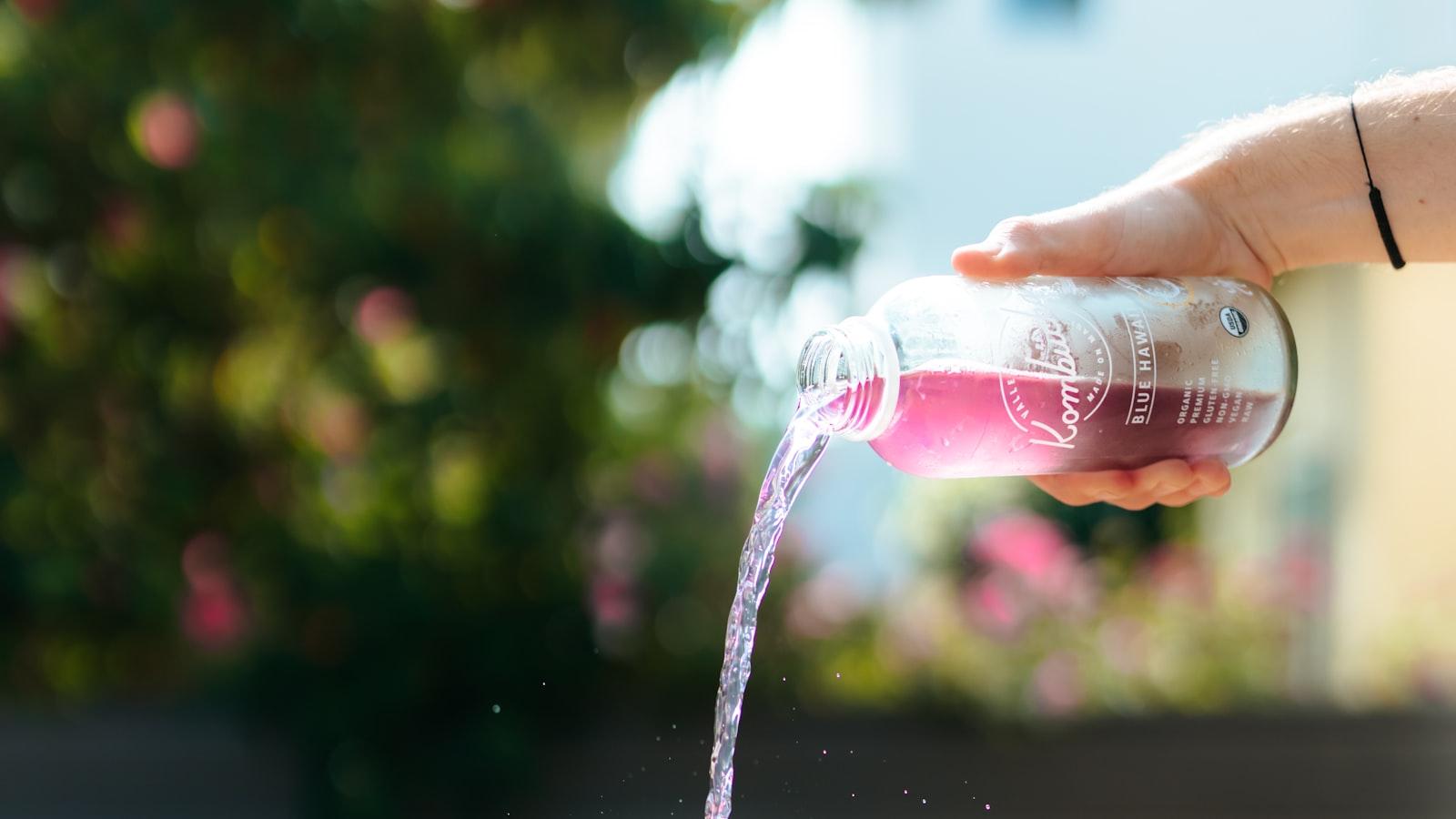Step back in time and immerse yourself in the ancient origins of a trendy beverage that has taken the modern world by storm – kombucha. Delve into the captivating tale of how this fermented tea concoction, with a history as rich and complex as its flavor profiles, has evolved from its mystical beginnings to become a beloved elixir embraced by health enthusiasts worldwide. Join us on a journey through time and culture to uncover the fascinating history of kombucha, from its elusive origins to its contemporary resurgence.
Table of Contents
- Origins of Kombucha: Unraveling the Ancient Roots
- Evolution of Kombucha Brewing Techniques: Tradition Meets Innovation
- Health Benefits of Kombucha: Exploring its Nutritional Value
- Tips for Making the Perfect Homemade Kombucha Brew
- Q&A
- Final Thoughts


Origins of Kombucha: Unraveling the Ancient Roots
The ancient origins of Kombucha date back to a mysterious time when legends intertwine with historical facts. Stories whisper of this fermented tea elixir being hailed as the “Tea of Immortality” by the Chinese during the Qin Dynasty. Passed down through generations, the art of brewing Kombucha spread across continents, from the Far East to Russia and beyond.As cultures embraced this probiotic-rich beverage, each region added its unique twist to the recipe, fostering a tapestry of flavors and traditions. From its purported health benefits to its refreshing tangy taste, Kombucha has captivated enthusiasts around the globe. Whether sipped for its potential digestive aid or enjoyed for its effervescence, this ancient elixir continues to intrigue and delight modern palates with a timeless allure.
| Region | Unique Addition |
|---|---|
| China | Green Tea |
| Russia | Wild Berries |
| Africa | Hibiscus |
Evolution of Kombucha Brewing Techniques: Tradition Meets Innovation
In the world of kombucha brewing, tradition is deeply intertwined with innovation, creating a fusion of old-world charm and cutting-edge techniques. As this ancient fermented tea continues to gain popularity among health-conscious consumers, the evolution of kombucha brewing techniques showcases a blend of time-honored methods and modern twists.One of the key aspects of kombucha’s history lies in the diverse array of brewing practices passed down through generations. From the traditional fermentation process involving a symbiotic culture of bacteria and yeast (SCOBY) to the infusion of unique ingredients like fruits, herbs, and spices, each method contributes to the rich tapestry of kombucha’s heritage. The marriage of tradition with innovation has led to the emergence of new flavor profiles, textures, and brewing efficiencies, paving the way for exciting possibilities in the world of kombucha brewing.

Health Benefits of Kombucha: Exploring its Nutritional Value
In the realm of fermented beverages, Kombucha has carved out its own unique niche, offering a fusion of tangy flavors and potential health benefits. This effervescent elixir is praised not only for its distinctive taste but also for its purported nutritional value. Delving into the history of Kombucha unveils a story steeped in tradition and lore, as well as a modern resurgence in popularity.Kombucha, often hailed as the “immortal health elixir,” is believed to harbor a treasure trove of nutrients that can support overall well-being. Rich in probiotics, antioxidants, and enzymes, this fizzy drink has captured the attention of health enthusiasts seeking a natural way to boost digestive health and energy levels. With a composition that includes polyphenols, organic acids, and vitamins, Kombucha stands as a testament to the marriage of taste and potential health perks. Embrace the ancient wisdom of Kombucha and savor the journey of discovering its nutritional allure.

Tips for Making the Perfect Homemade Kombucha Brew
When it comes to mastering the art of homemade kombucha, attention to detail is key. To ensure you craft the perfect brew every time, consider these expert tips:
- Quality Ingredients: Start with the finest organic tea and sugar to provide your scoby with the best nutrients.
- Patient Fermentation: Allow your kombucha to ferment for the optimal duration to achieve the desired flavor profile.
- Consistent Temperature: Maintain a stable brewing environment to support healthy scoby growth and fermentation.
- Proper Bottling: Seal your kombucha bottles tightly to encourage carbonation and fizziness.
Furthermore, experimenting with different tea blends, fruit infusions, and secondary fermentation techniques can elevate your homemade kombucha to new heights. By following these tips and embracing your creativity, you’ll be well on your way to becoming a kombucha brewing maestro!
Q&A
Q: How did kombucha originate?A: Kombucha’s origins can be traced back to ancient Northeast China around 220 BCE during the Tsin Dynasty. It was known as the “Tea of Immortality” for its health benefits.
Q: What is the legend behind kombucha?
A: Legend has it that kombucha was discovered by a Korean physician named Kombu, who brought the tea to Japan. The Samurai warriors then adopted it for its energizing properties.
Q: When did kombucha gain popularity in the Western world?
A: Kombucha first gained popularity in the Western world in the late 20th century, thanks to its probiotic and antioxidant properties that appealed to health-conscious consumers.
Q: How is kombucha traditionally made?
A: Traditionally, kombucha is made by fermenting sweetened tea with a symbiotic culture of bacteria and yeast (SCOBY) for a week to several weeks, resulting in a tangy, effervescent drink.
Q: What are some potential health benefits of kombucha?
A: Kombucha is believed to aid digestion, boost the immune system, and detoxify the body due to its probiotic content and antioxidants, promoting overall well-being.
Q: How has kombucha evolved over time?
A: Kombucha has evolved from a homemade elixir to a trendy beverage available in various flavors and brands worldwide, appealing to different tastes and preferences.
